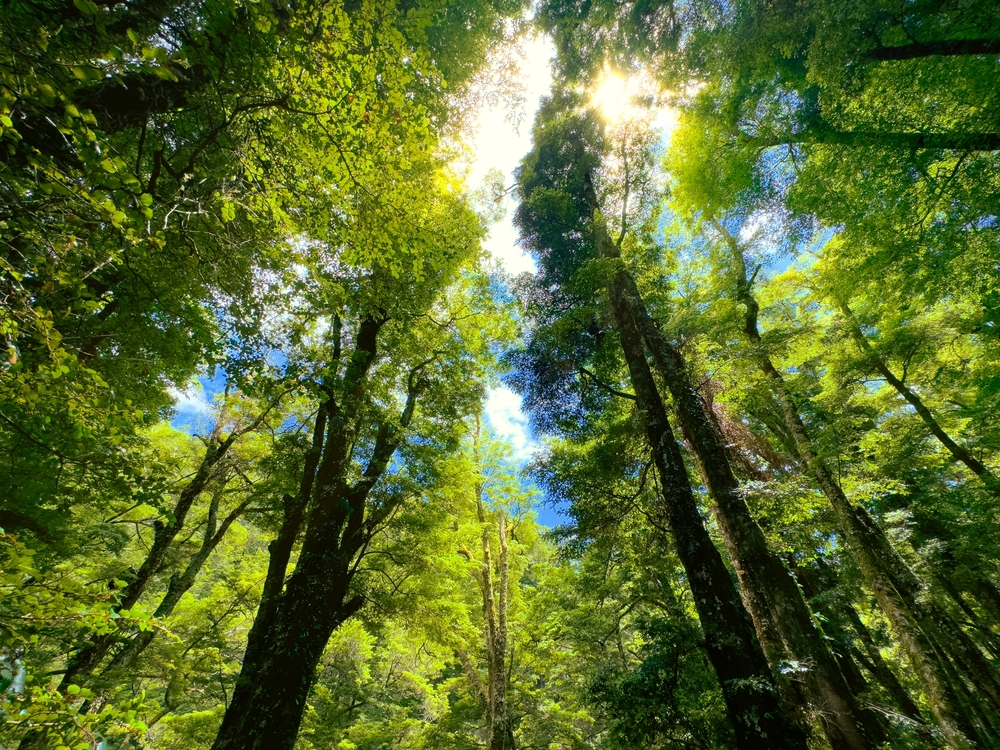Concerns Over New Zealand’s Rising Afforestation Rate
Beef and Lamb New Zealand says updated figures of entrie farms being sold into forestry show New Zealand’s current rate of afforestation is not sustainable.
The new land use report by Orme and Associates, commissioned by Beef and Lamb New Zealand, showed 261,000 hectares of sheep and beef farmland was converted into forestry between 2017 to the end of June this year.

These figures were revised following the industry group’s last report in August last year to include farms converted to forestry after the sales were completed.
Most recently, 51,000 hectares of farmland tipped for afforestation were sold since the end of 2022.
Though, authors said the results for 2023 and the first two quarters of 2024 were still preliminary.
Beef and Lamb New Zealand chair, Kate Acland said the afforestation was being driven by Emissions Trading Scheme policy settings.
She said estimates that around one million sheep were lost for every 100,000 hectares of pine planted out showed how detrimental the situation was to rural and farming communities.
“There has already been a significant decline in stock numbers as a result of afforestation over the past few years,” she said.
“There are a couple of years between when a farm is sold and trees go in the ground, so based on the high 2022 farm sales numbers we know there is still a lot more planting coming, and that will further impact stock numbers.”
Brazil asks EU to hold off on implementing deforestation law
Read full article Share on twitterNew Zealand Sheep and Cattle Numbers Decline Amidst Carbon Forestry, Drought, and Low Prices